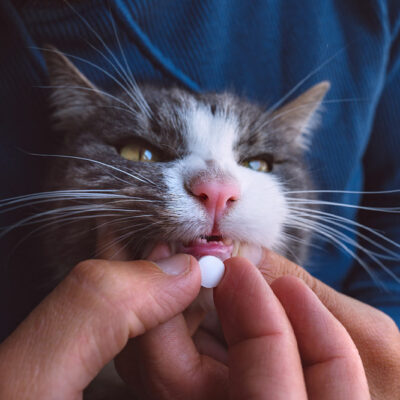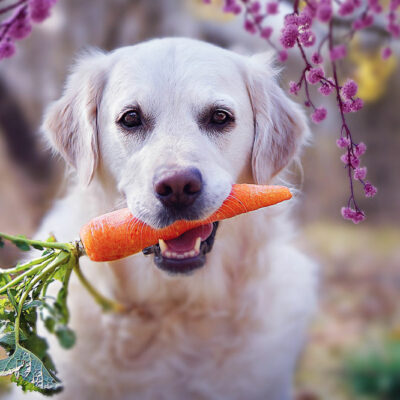
pets
8 telltale signs that it’s time to take a cat to a vet
Cats are natural but small predators. They believe showing signs of sickness makes them easy prey for other larger predators. That is why they tend to hide their discomfort when feeling unwell. If a cat you care for displays signs of ill health, that can be a major cause of worry, warranting immediate attention from a vet. Watch out for the following changes in behavior or signs that your cat is sick: Vomiting or diarrhea: While vomiting occasionally is not a concern, keep an eye out for the timing and frequency of vomiting and diarrhea, as this may require a trip to the veterinarian. Sudden changes in appetite, drinking, or eating habits: Changes in appetite and eating habits could result from or lead to hyperthyroidism, fatty liver disease, or hepatic lipidosis in cats. Noticeable weight changes: If your cat has been experiencing unexplained weight gain or loss, it may be time to visit the veterinarian. Breathing problems: If your cat is experiencing wheezing, rapid or raspy breathing, or shortness of breath, rush them to the veterinarian for an emergency check-up. Mood changes: If your friendly and confident cat begins to show signs of aggression or fear, you may want to have them checked.
Read More 









